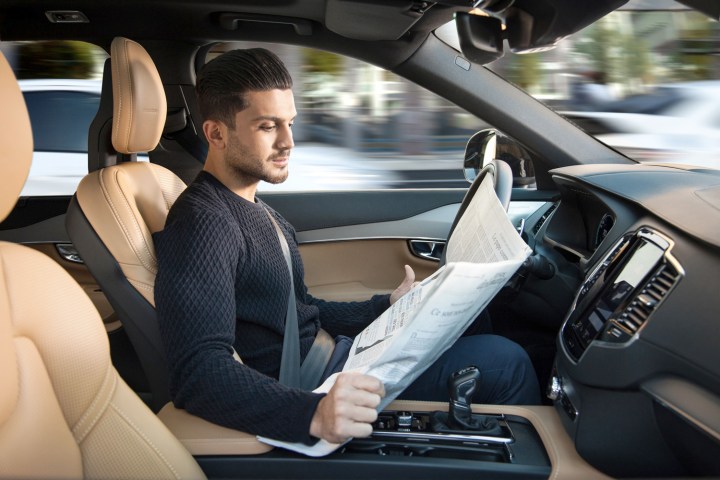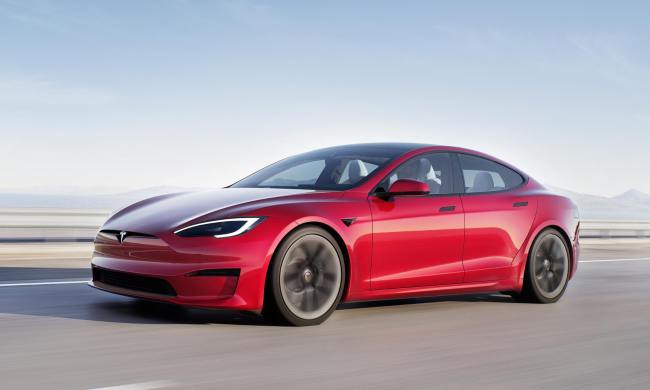
During public meeting on Friday, “several people” voiced their concerns to the National Highway Traffic Safety Administration (NHTSA) regarding automated cars and their place in the current infrastructure.
According to an auto industry trade association, the NHTSA needs to slow down in producing guidelines for autonomous vehicles. In January, the federal agency announced that it will start writing guidance for the vehicles’ deployment, which officials have confirmed will be done by July.
“While this process is often time consuming, these procedural safeguards are in place for valid reasons,” said Paul Scullion, safety manager at the Association of Global Automakers, who spoke at the NHTSA-hosted meeting. “Working outside that process might allow the government to respond more quickly to rapidly changing technology, but that approach would likely come at the expense of thoroughness.”
The NHTSA says that new regulations take an average of eight years to issue. Guidance, on the other hand, is not enforceable and is usually broader and more open to interpretation.
NHTSA administrator Mark Rosekind brings up the “irony” of automakers trying to hurry along the regulations process. He adds that the agency must move forward, as self-driving tech is already on the road. One example is Tesla’s “autopilot” feature, which can steer, change lanes, and adjust a car’s speed in traffic.
“Everybody asks, ‘When are they going to be ready?’ I keep saying they’re not coming; they are here now,” Rosekind said. Without instructions from the federal government, “people are just going to keep putting stuff out on the road with no guidance on how do we do this the right way.”
Some situations that might prove to be a problem for self driving cars were discussed at the NHTSA meeting. Among them were poorly marked pavement in areas other than the open road, such as parking lots and driveways; bad weather, which can interfere with vehicle sensors; the inability to take directions from police; and an inconsistency in traffic control devices.
Rosekind believes that despite bumps in the road, this technology has the potential to save many lives.


